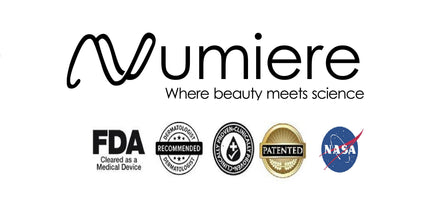
Red Light Treatment
Red light therapy is a proven method of reducing fine lines and wrinkles, backed by many researches and clinical studies. In aesthetic applications, red light is often emitted through LEDs (light emitting diodes) which produce light energy with very little heat, providing a non-invasive, comfortable experience for the user. It is a safe and effective technology for those who wish to naturally reduce fine lines and wrinkles and improve their overall appearance.
Origin of Led Therapy
In the process to find a solution for growing plants and feeding astronauts in space, NASA enlisted the expertise of plant biologists, who looked to LED lights as a solution. Once LEDs proved to be successful in plant growth, NASA investigated the use of LED therapy in tissue healing and found positive results, also. This research fueled the development of innovative and powerful LEDs that are now used in a variety of aesthetic applications.
How it Works?
The principle of red light therapy can be thought of as like a human version of the way plants photosynthesize. It is thought that certain wavelengths of light can enhance the functioning of mitochondria, which are the organelles in a cell which take in nutrients and break them down to create energy molecules for the cell. By enhancing the cellular respiration, it will improve the functioning of the whole cell.

Clinically Proven
RED LED LIGHT:
1. Facial Rejuvenation in the Triangle of ROS
2. A study to determine the efficacy of combination LED light therapy (633 nm and 830 nm) in facial skin rejuvenation.
https://www.ncbi.nlm.nih.gov/pubmed/16414908
2. Effect of LED (light emitting diodes) in therapy of rheumatoid arthritis. https://www.ncbi.nlm.nih.gov/pubmed/20230993/
3. Light-Emitting Diodes (LEDs) in Dermatology:
https://www.ncbi.nlm.nih.gov/pubmed/19150294
4. light emitting diode therapy (LEDT) for muscle recovery after high-intensity exercise in athletes
5. Nasa link " https://www.nasa.gov/centers/kennedy/home/plant_growth.htm
